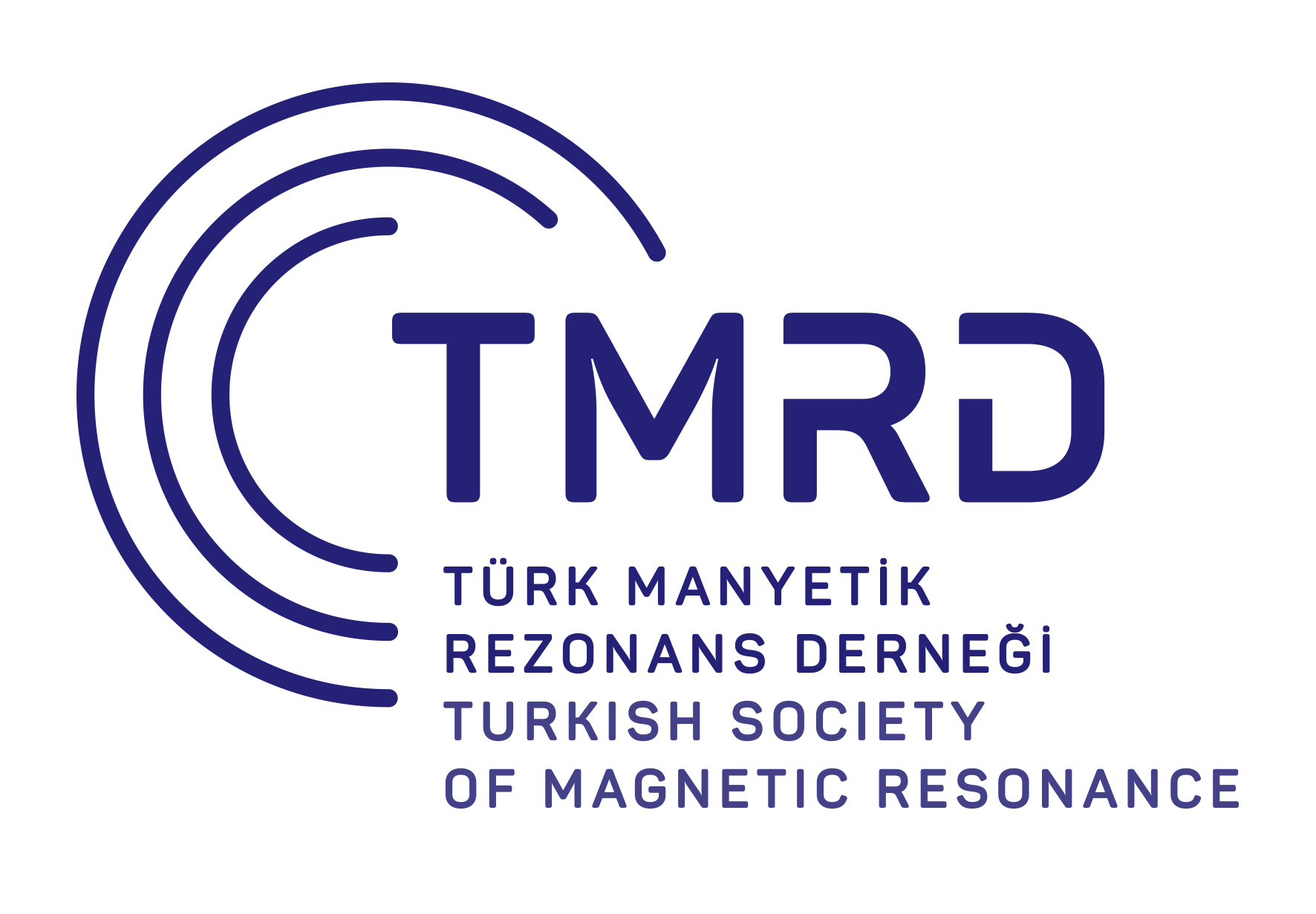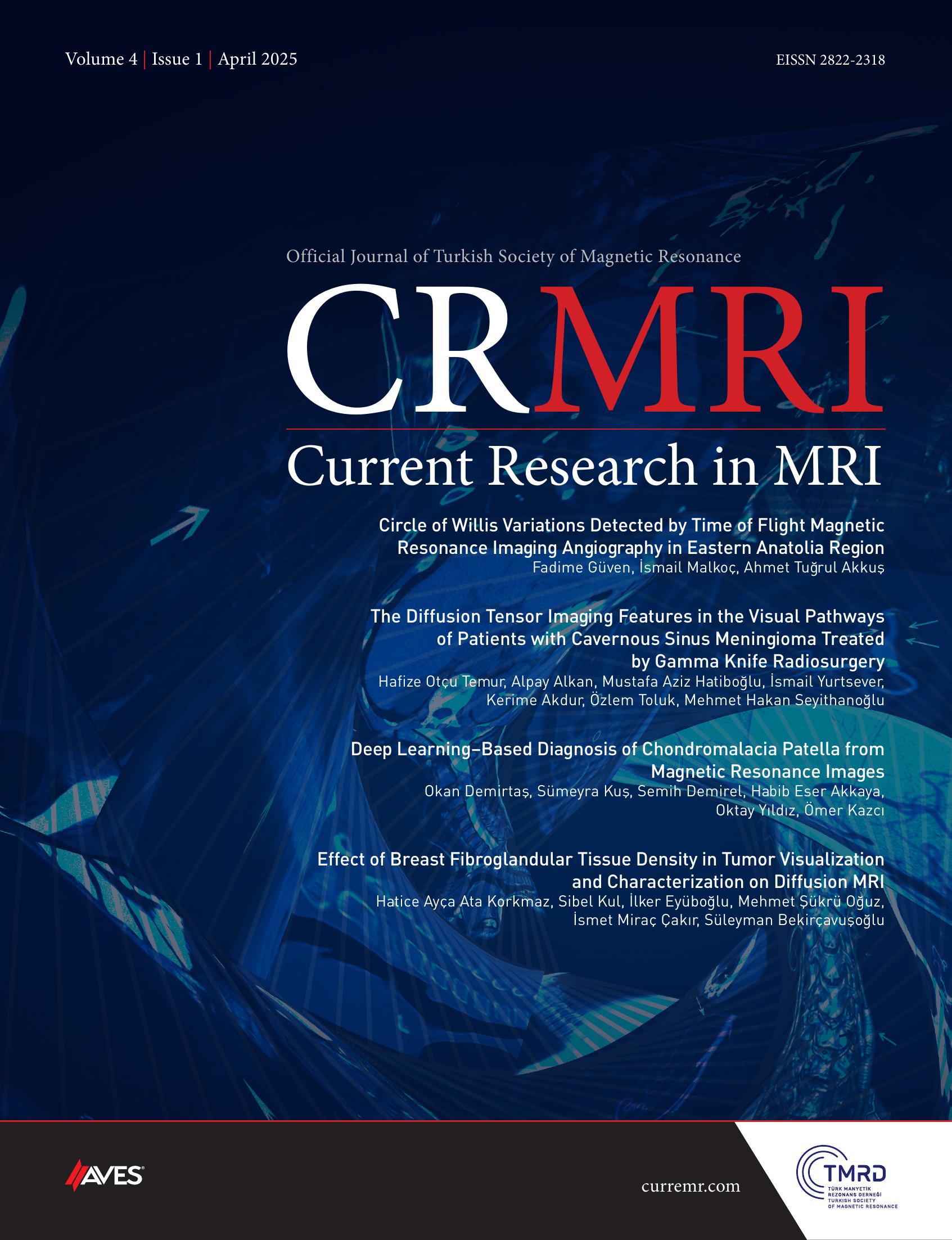Objective: To analyze the relationship between lateral patellar tilt angle, lateral patella-femoral angle, patella–patellar tendon angle, and lateral trochlear inclination angle.
Methods: Cases with knee magnetic resonance imaging between June and October 2022 were analyzed retrospectively. Two groups of 50 each with and without patella chondromalacia were formed. lateral patellar tilt angle, lateral patella-femoral angle, patella–patellar tendon angle, and lateral trochlear inclination angle values were measured on the knee magnetic resonance imaging. Chondromalacia was evaluated and graded. The differences in age, gender, and measurement variables between the groups chondromalacia were analyzed.
Results: There were 58 women and 42 men. Seventeen (34%) patients had low-grade and 33 (66%) patients had high-grade chondromalacia. The median age was 49 (interquartile range: 61) in the chondromalacia group and 37.5 (interquartile range: 38) in the normal group (P < .001). The median lateral patellar tilt angle was 6.76 (interquartile range: 15.15) in the chondromalacia group and 6.92 (interquartile range: 19.25) in the normal group (P=.610). The median lateral patella-femoral angle was 7.86 (interquartile range: 41.86) in the chondromalacia group and 7.90 (interquartile range: 17.37) in the normal group (P=0.471). Median patella–patellar tendon angle was 142.96 (interquartile range: 32.14) in the chondromalacia group and 145.87 (interquartile range: 27.77) in the normal group (P=.006). The median lateral trochlear inclination angle was 19.11 (interquartile range: 19.30) in the chondromalacia group and 20.39 (interquartile range: 20.16) in the normal group (P=.127).
Conclusion: The knee joint morphological variations may differ in between the groups with and without patellar chondromalacia. Older age and lower patella– patellar tendon angle were more frequent in the patellar chondromalacia group.
Cite this article as: Usal C, Çilengir AH, Sarıoğlu O, Dirim Mete B, Tosun Ö. The relationship between patellar chondromalacia and patellofemoral joint anatomical variations. Current Research in MRI, 2023;2(1):11-15.



.png)
